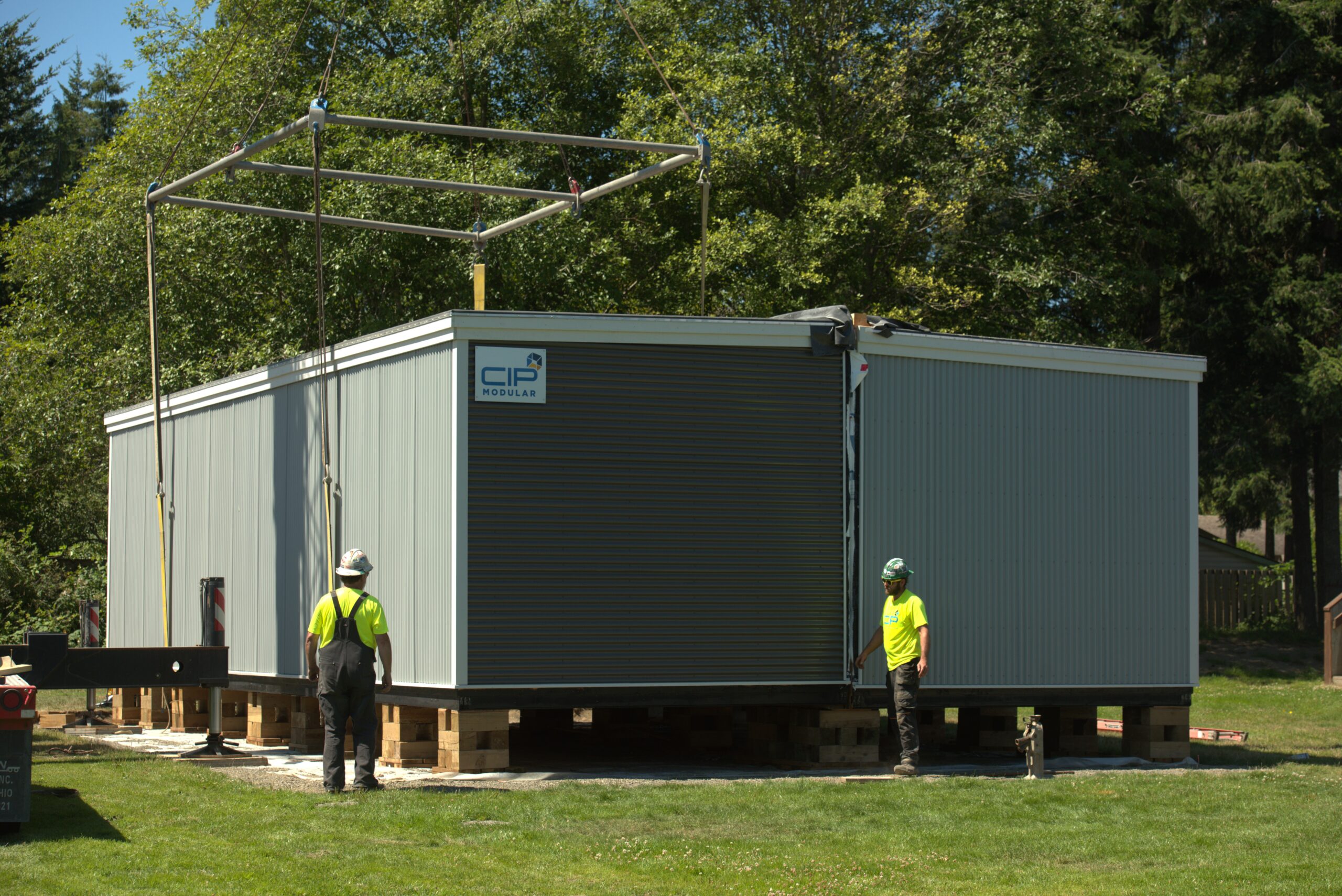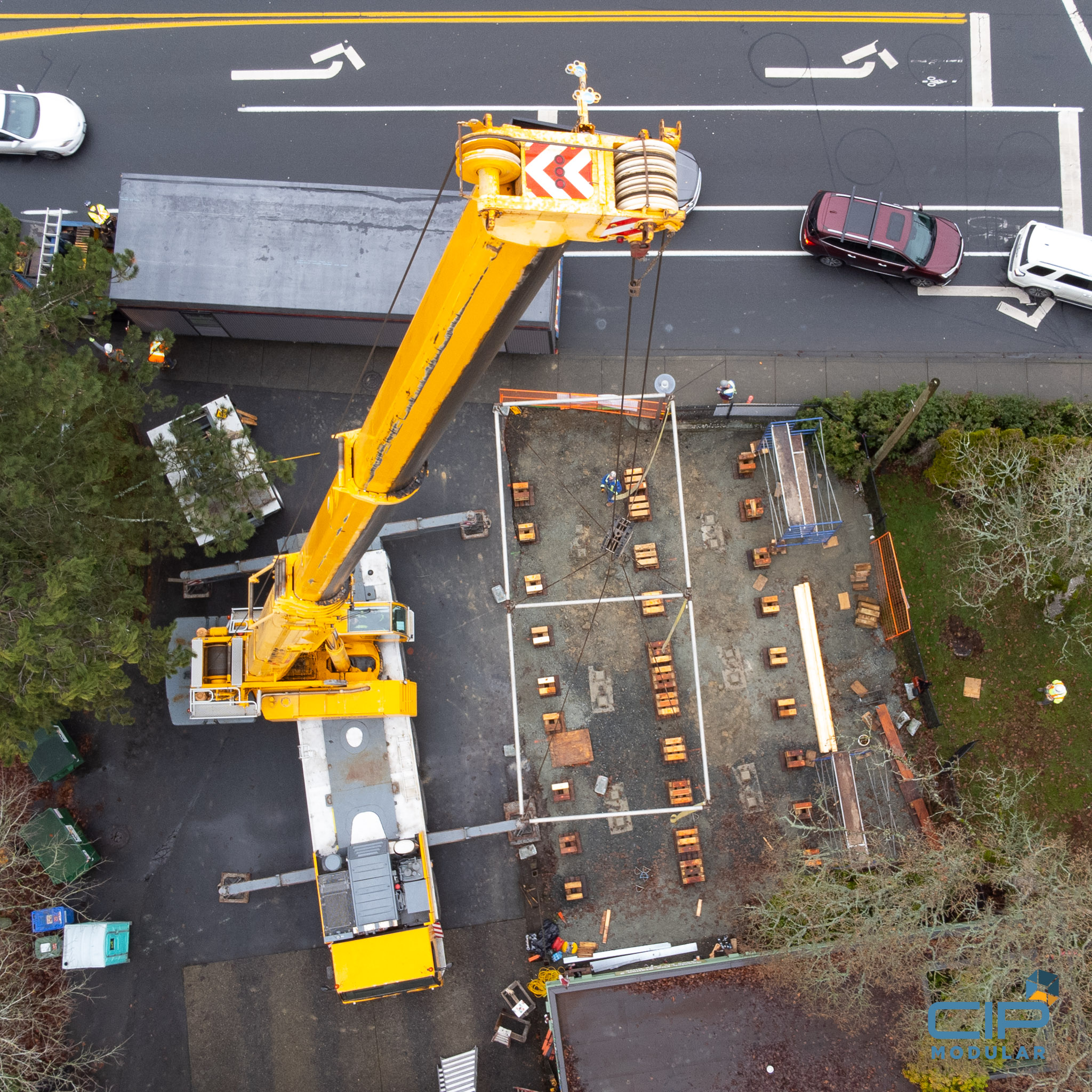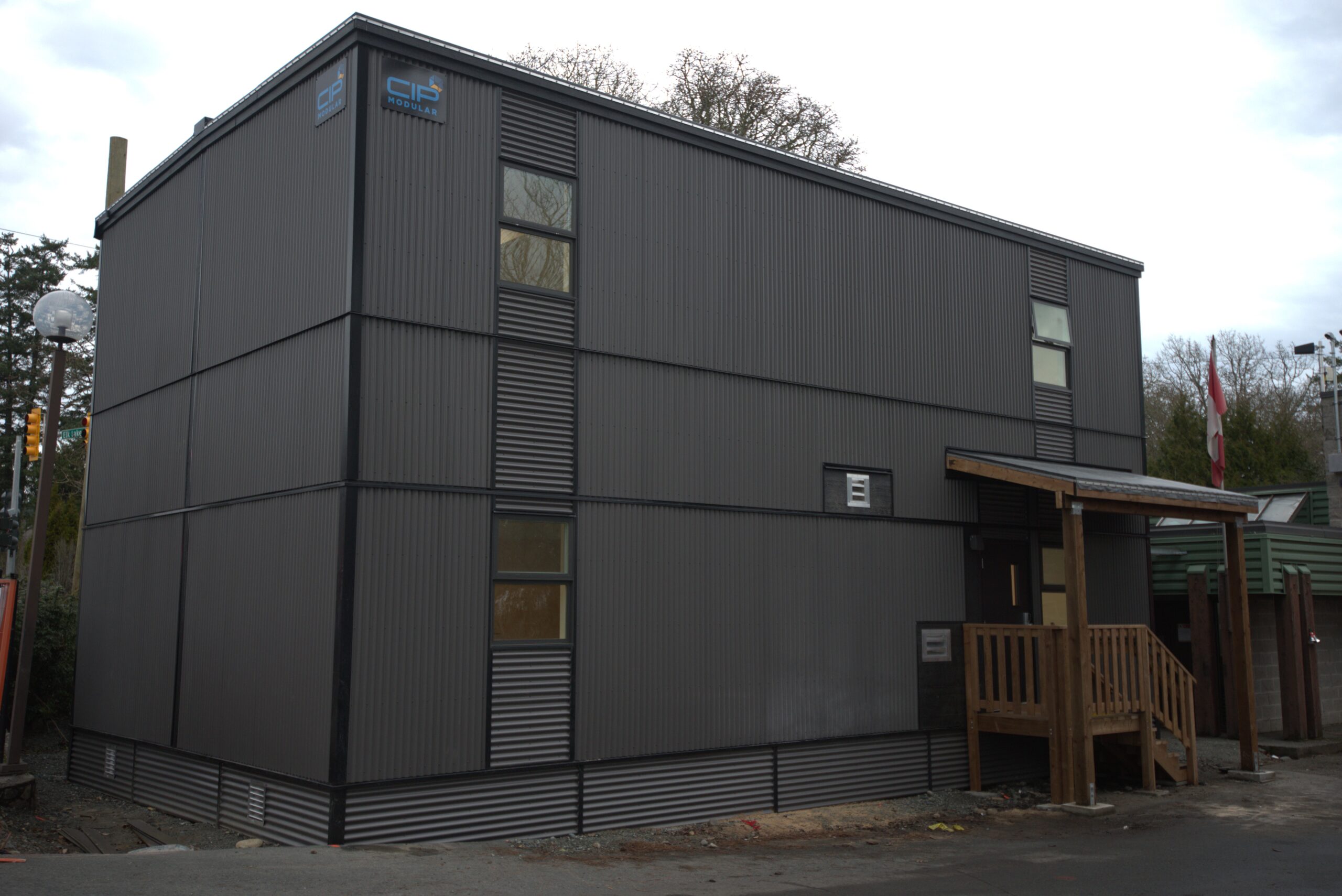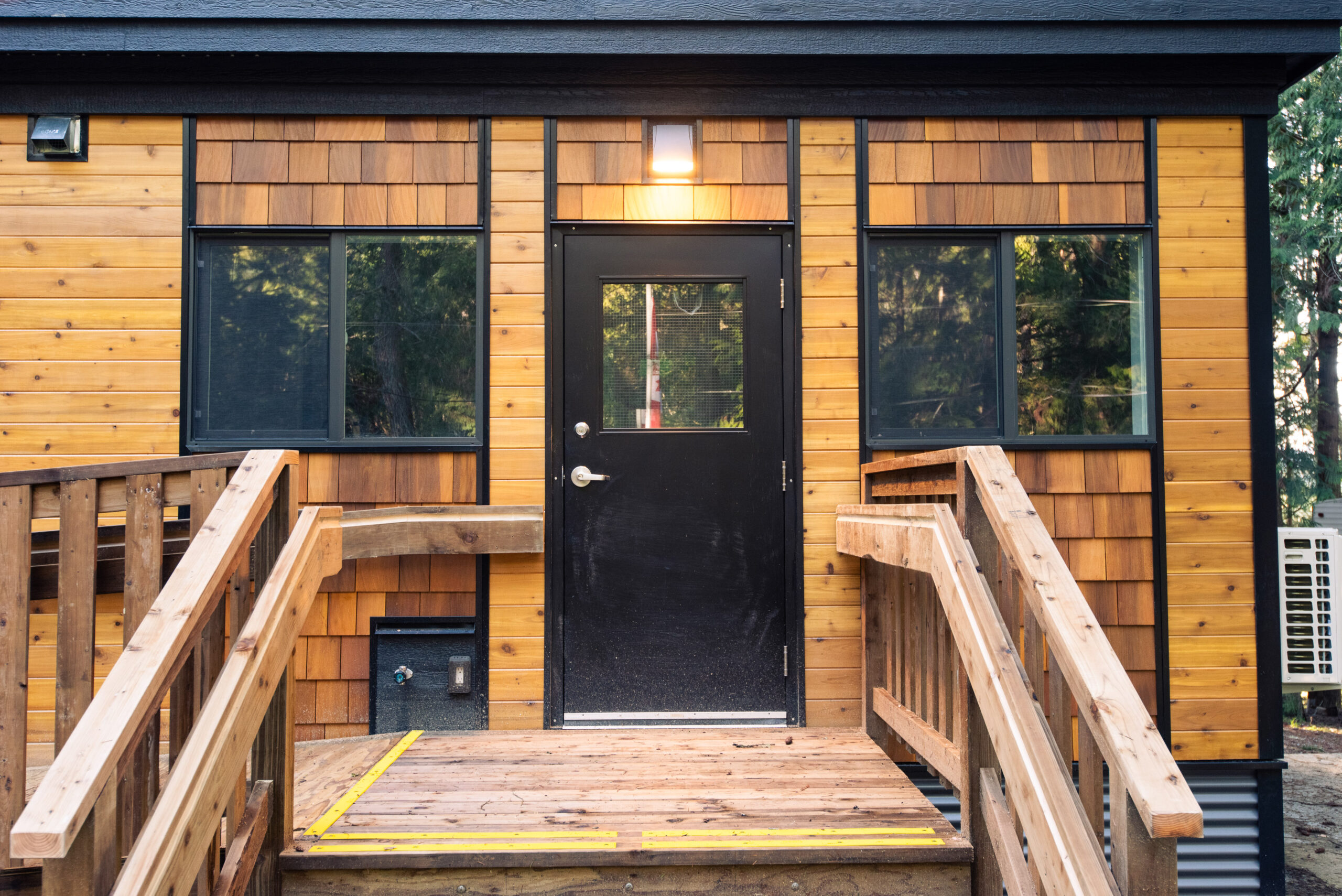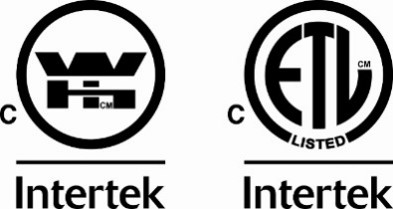The question of value retention in modular construction reflects a deeper misunderstanding about what modern modular buildings actually are. When most people think about modular structures losing value, they’re thinking about mobile homes, temporary trailers, or basic portable buildings. These concerns make sense for those types of structures, but they don’t apply to permanent modular buildings built to the same standards as traditional construction.
Understanding why this distinction matters requires looking at how building value actually works in real estate and commercial applications.
How Building Value Actually Works
Building value depends on several factors that interact in complex ways. The initial construction cost provides the starting point, but long-term value depends on how well the building serves its intended function, how much it costs to maintain, and how adaptable it proves to changing needs over time.
Traditional construction creates fixed assets. Once you build a structure in a specific location for a particular purpose, those characteristics become permanent. The building succeeds or fails based on how well those fixed characteristics match evolving needs over decades of use.
Permanent modular construction maintains the quality and durability of traditional building while adding flexibility that fixed structures cannot match. This flexibility becomes increasingly valuable over time as organizations grow, change focus, or relocate operations.
The Foundation of Lasting Value
The structural integrity of CSA A277-certified modular buildings matches site-built construction because they must meet identical building codes. The certification process ensures that engineering specifications, material quality, and construction methods produce buildings capable of decades of service.
This regulatory equivalence matters for value retention because it means modular buildings age at the same rate as traditional structures. The depreciation schedules, insurance classifications, and financing terms that apply to site-built buildings also apply to properly certified modular construction.
However, modular buildings often maintain their condition better during the critical first decade of service. Factory construction provides better quality control than field assembly, and the transportation requirements mean modular buildings must be built to withstand stresses that stationary structures never face. This typically translates to fewer maintenance issues and better long-term performance.
The Flexibility Premium
The most significant value advantage of modular construction comes from flexibility that traditional buildings cannot offer. When organizational needs change, modular buildings can adapt in ways that site-built structures cannot.
Consider a school district that builds classroom space for growing enrollment, then faces declining student numbers five years later due to demographic shifts. Traditional classrooms become stranded assets, useful only for their original purpose in their original location. Modular classrooms can be relocated to other district facilities, repurposed for different educational uses, or even sold to other school districts facing enrollment growth.
This adaptability creates options that translate directly into retained value. Buildings that can change purpose or location maintain utility even when original requirements no longer exist. The ability to relocate or repurpose represents a form of insurance against changing circumstances that fixed structures simply cannot provide.
Maintenance Cost Advantages
Long-term building value depends heavily on maintenance requirements, and modular construction typically provides advantages in this area. Factory assembly allows for more precise construction and better quality control than field assembly under varying weather conditions.
The controlled manufacturing environment means joints fit properly, insulation installs consistently, and weatherproofing systems integrate seamlessly. These quality advantages show up over time as reduced maintenance requirements and fewer system failures.
Additionally, modular buildings often use standardized components and systems, making replacement parts more readily available and repairs more straightforward. When maintenance is required, the systematic approach to modular design typically makes problems easier to diagnose and fix.
Market Perception and Reality
Market perception of modular construction has improved significantly as the quality and capabilities of modern modular buildings have become better understood. This shift in perception directly affects value retention because buyers now recognize permanent modular buildings as legitimate alternatives to traditional construction.
The change reflects real improvements in modular construction quality and capabilities, but also growing awareness among facility managers, developers, and institutional buyers about the practical advantages modular buildings offer. As more organizations experience positive results with modular construction, market acceptance continues to strengthen.
This trend particularly benefits early adopters of high-quality modular construction. Buildings that might have faced market skepticism a decade ago now benefit from increased buyer sophistication and acceptance of modular alternatives.
Comparing Long-Term Performance
Real-world performance data shows interesting patterns in how modular and traditional buildings retain value over time. Modular buildings typically show less depreciation in the first five to ten years, largely due to lower maintenance costs and retained flexibility advantages.
Traditional buildings often experience steeper depreciation during the middle years of their service life as major systems require replacement and structural maintenance needs increase. Modular buildings, with their higher initial build quality and standardized systems, tend to avoid some of these maintenance-driven value drops.
The longer-term picture becomes more complex because it depends heavily on specific building quality, maintenance practices, and market conditions. However, the fundamental advantages of modular construction—flexibility, quality control, and systematic design—continue to provide value throughout the building lifecycle.
Economic Considerations Beyond Depreciation
Value retention represents only part of the economic picture for modular construction. The faster deployment timeline of modular buildings often creates economic advantages that more than offset any depreciation differences.
A commercial building that opens six months earlier than a traditional equivalent generates additional revenue during that period. Schools that can accommodate students in permanent facilities rather than temporary arrangements provide better educational outcomes. Emergency services that can resume normal operations quickly after facility damage serve communities more effectively.
These operational advantages create economic value that doesn’t show up in simple depreciation calculations but affects the total return on building investments. When evaluating building value, the complete economic picture includes both asset retention and operational benefits.
Financing and Insurance Considerations
Modern modular buildings built to permanent standards typically qualify for the same financing terms and insurance coverage as traditional construction. This equivalence matters for value retention because it means modular buildings can access the same financial mechanisms that support traditional building values.
Banks and insurance companies evaluate permanent modular buildings using the same criteria they apply to site-built structures. The CSA A277 certification provides the documentation needed to demonstrate that modular buildings meet the same standards and should receive equivalent treatment.
This financial equivalence removes one potential barrier to value retention and ensures that modular buildings can participate in the same real estate markets as traditional construction.
Making Smart Long-Term Decisions
The question of value retention ultimately depends on choosing the right type of modular construction for your specific situation. Temporary or mobile structures will depreciate faster than permanent alternatives, but they also cost less initially and serve different purposes.
For organizations planning long-term facility use, permanent modular construction offers compelling advantages. The combination of faster deployment, operational flexibility, and strong value retention makes modular an increasingly attractive option for many building applications.
The key lies in working with modular providers who understand the difference between temporary solutions and permanent modular construction. Buildings designed and built for decades of service will retain value accordingly. Those built as short-term solutions will depreciate as expected for temporary structures.
Understanding this distinction allows organizations to make informed decisions about modular construction based on realistic expectations about performance, costs, and value retention over time. When properly executed, modular construction delivers both immediate operational advantages and strong long-term value retention.
